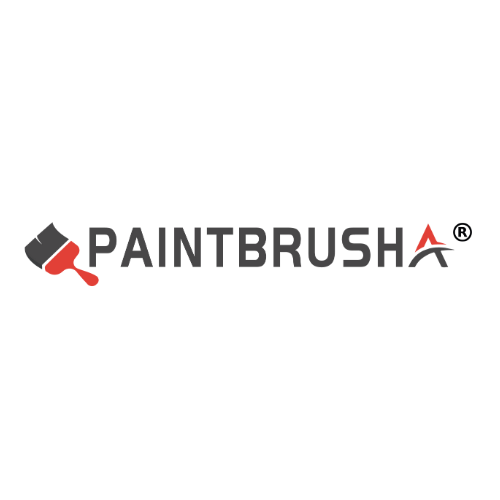
The use of brushes varies according to their type and use. The following is a detailed summary of the use of different types of brushes:
First, the use of traditional painting brush
1. Writing brush
It is used in traditional Chinese painting, such as freehand brushwork and ink painting.
The brush tip is soft and elastic, suitable for large freehand brushwork. The brush tip is hard, suitable for fine painting details; The rabbit brush tip is somewhere in between, suitable for a variety of painting styles.
2. Pointy brush
Often used to draw details and lines.
To use, keep the tip of the pen sharp, dip lightly in the paint, and then draw according to the required lines or details.
3. Flat brush
Often used to fill large areas of color.
To use, dip the tip of the pen full of paint and spread it evenly across the picture to fill in the desired color area.
4. Fan brush
For drawing special effects and textures.
Through the fan tip, you can create a unique brush and texture effect, often used in landscape painting leaves, grass and other depiction.
5. Apply brush
Used to apply and smooth pigments.
When using, dip the pen tip into the right amount of paint, and then gently smear it on the picture to make the paint more even and smooth.
6. Brush rough edges
Used to draw rough edges.
Through the irregular shape of the pen tip, you can create a natural rough edge effect, often used to depict animal hair, tree branches and leaves.
Second, the use of digital brush
1. SolidBrush
Often used to fill graphics.
In the drawing software, select the Monochrome Brush tool, set the desired color, and click or drag to fill the graph.
2. HatchBrush
Used to create shadow effects.
In the drawing software, select the Shadow Brush Tool, set the foreground and background colors, and then select the appropriate shadow style to fill the figure.
3. TextureBrush
Used to create texture effects.
In the drawing software, select the Texture Brush tool, import the desired texture image, and then use the brush to apply the texture over the graph.
4. Gradient brush
Includes linear gradients and path gradients for creating gradient effects.
In the drawing software, select the Gradient Brush Tool, set the starting color and the end color (and the transition color in between), and then select a linear or path gradient to fill the graph.
Third, the use of makeup brushes
Step 1 Paint lightly
To set makeup, take an appropriate amount of loose powder or setting powder, and gently sweep over the whole face to make makeup more lasting.
2. Blush brush
Apply blush, dip in blush powder, from cheekbones to eyes behind the brush or pat to add color.
3. Contouring brush
Used to modify the shape of the face, take the appropriate amount of contouring powder to fit the facial outline and lightly sweep, so that the face is more three-dimensional.
4. Highlighter brush
Used to brighten the face, dip in highlighter powder and gently brush on the bridge of the nose, brow bone, cheekbones and other parts to increase the facial luster.
5. Concealer brush
To cover facial blemishes, apply concealer spots to the face, and then use the concealer brush to spread out to complete the look.
6. Eye shadow brush
Use to apply eyeshadow, dip eyeshadow powder on the eyes, create a colorful eye makeup. Different types of eyeshadow brush (such as large eyeshadow brush, medium eyeshadow brush, eye tail brush, etc.) are suitable for different eyeshadow application techniques and styles.
To sum up, different types of brushes have different usages and techniques. When using, the appropriate brush should be selected according to the specific needs and creation style, and master its use to create the ideal art work or makeup effect.
